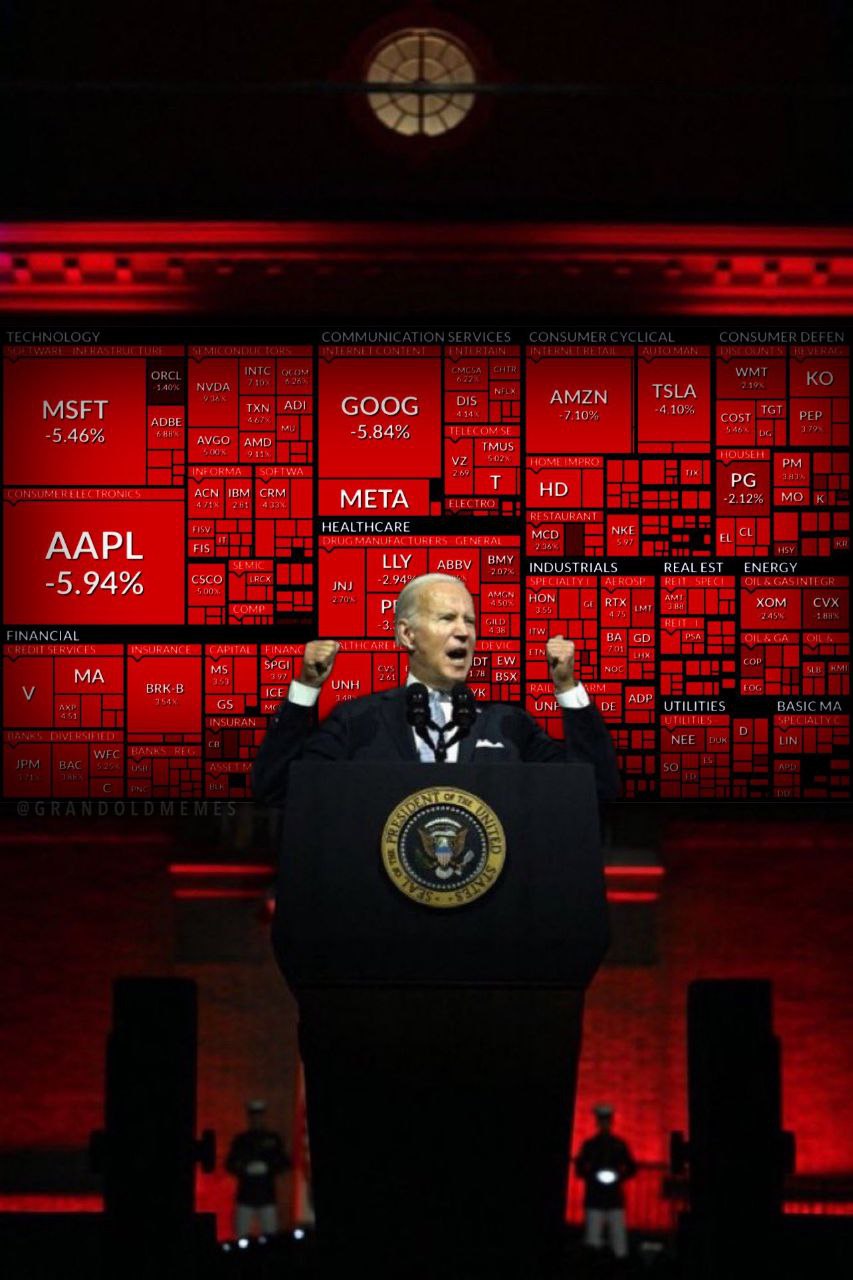The American military industrial complex (MIC) is a term used to describe the relationship between the United States military and the defense industry. The MIC is often criticized for its influence on U.S. foreign policy and for its role in driving up military spending.
The term “military industrial complex” was first used by President Dwight D. Eisenhower in his farewell address in 1961. Eisenhower warned that the MIC had become a “permanent armaments industry of vast proportions” that could “endanger our liberties or democratic processes.”
The MIC is made up of a number of different actors, including:
- The U.S. military
- The defense industry, which includes companies that produce weapons, ammunition, and other military equipment
- Government agencies that oversee military spending, such as the Department of Defense and the Department of Homeland Security
- Congress, which approves military spending
The MIC has a significant influence on U.S. foreign policy. The defense industry lobbies Congress to support military interventions and to increase military spending. The military also relies on the defense industry to provide it with the weapons and equipment it needs to fight wars.
The MIC also has a role in driving up military spending. The defense industry has a vested interest in selling weapons and equipment to the U.S. military. To do this, the defense industry lobbies Congress to increase military spending. The military also has a vested interest in getting more funding. To do this, the military often exaggerates the threats it faces.
The MIC has been criticized for its influence on U.S. foreign policy and for its role in driving up military spending. Critics argue that the MIC has led the United States into unnecessary wars and that it has drained the U.S. economy.
The MIC is a complex issue with no easy answers. It is important to understand the role of the MIC in U.S. foreign policy and in military spending. It is also important to consider the arguments of both the critics and the defenders of the MIC.
The USA’s Involvement in Wars Since World War 2
The United States has been involved in a number of wars since World War 2. These wars have been fought for a variety of reasons, including to protect national security, to promote democracy, and to prevent the spread of communism.
Korean War (1950-1953)
The Korean War was fought between North Korea, which was supported by China and the Soviet Union, and South Korea, which was supported by the United States. The war began when North Korea invaded South Korea. The United States intervened in the war to prevent the spread of communism. The war ended in a stalemate, with the two Koreas remaining divided along the 38th parallel.
Vietnam War (1954-1975)
The Vietnam War was fought between North Vietnam, which was supported by China and the Soviet Union, and South Vietnam, which was supported by the United States. The war began when North Vietnam invaded South Vietnam. The United States intervened in the war to prevent the spread of communism. The war ended with the victory of North Vietnam and the unification of Vietnam under communist rule.
Lebanon War (1982-1984)
The Lebanon War was fought between Israel and a coalition of Lebanese and Palestinian forces. The war began when Israel invaded Lebanon in an attempt to destroy the Palestine Liberation Organization (PLO). The war ended with the withdrawal of Israeli forces from Lebanon.
Gulf War (1990-1991)
The Gulf War was fought between a coalition of forces led by the United States and Iraq. The war began when Iraq invaded Kuwait. The United States intervened in the war to liberate Kuwait and to prevent Iraq from gaining control of the world’s oil supply. The war ended with the defeat of Iraq and the liberation of Kuwait.
War in Afghanistan (2001-present)
The War in Afghanistan began after the September 11 attacks. The United States invaded Afghanistan in an attempt to overthrow the Taliban regime, which was harboring al-Qaeda, the terrorist group responsible for the attacks. The war has continued for over 20 years, and the Taliban is still active in Afghanistan.
Iraq War (2003-2011)
The Iraq War was fought between a coalition of forces led by the United States and Iraq. The war began when the United States invaded Iraq in an attempt to overthrow Saddam Hussein, the Iraqi dictator who was accused of developing weapons of mass destruction. No weapons of mass destruction were ever found, and the war ended with the withdrawal of U.S. forces from Iraq.
Libya War (2011)
The Libya War was fought between a coalition of forces led by the United States and Libya. The war began when the United States intervened in Libya in an attempt to overthrow Muammar Gaddafi, the Libyan dictator who was accused of committing human rights abuses. The war ended with the death of Gaddafi.
Yemen War (2015-present)
The Yemen War is fought between a coalition of forces led by Saudi Arabia and Yemen. The war began when the Saudi-led coalition intervened in Yemen in an attempt to overthrow the Houthi rebels, who were accused of being supported by Iran. The war has continued for over 7 years, and it has caused a humanitarian crisis in Yemen.
The USA’s involvement in wars since World War 2 has been controversial. Some people believe that the United States has been too quick to use military force, while others believe that the United States has been necessary to prevent the spread of communism and terrorism.
Shayne Heffernan









